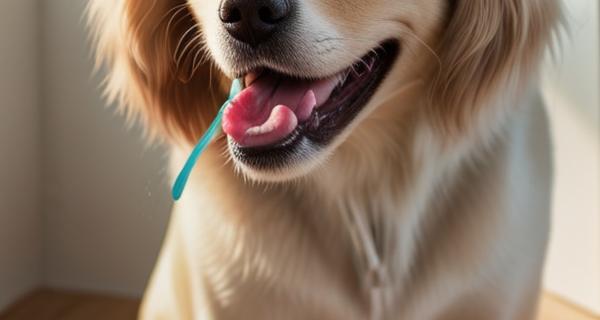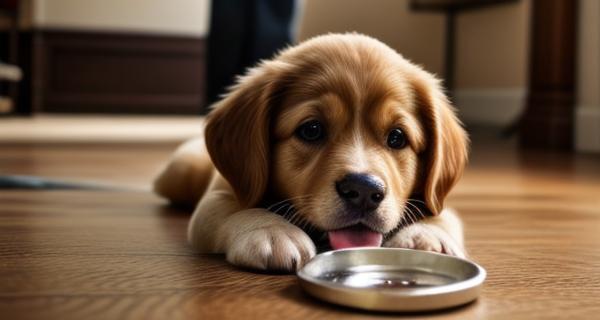How to Brush Your Dog’s Teeth and Why It’s Important
Dog Teeth Brushing Techniques
## Dog Teeth Brushing Techniques
Your furry friend’s dental health is just as important as yours! Neglecting their teeth can lead to painful dental disease, impacting their overall well-being. But don’t worry, incorporating teeth brushing into your dog’s routine is easier than you think.
**Why is it so important?** Dental disease affects a huge percentage of dogs. Plaque and tartar buildup cause inflammation, gum recession, and can even lead to tooth loss and systemic health problems affecting the heart, kidneys, and liver. Regular brushing prevents this!
**Getting Started:** Start slowly! Let your dog sniff and lick the toothpaste (always use dog-specific toothpaste – human toothpaste is toxic). Gradually introduce the taste and texture.
**The Right Tools:** Invest in a soft-bristled toothbrush designed for dogs. Finger brushes are great for initial introduction, transitioning to a regular brush as they get used to it.
**Technique is Key:** Gently lift your dog’s lips and brush in a circular motion, focusing on the outer surfaces of their teeth – where plaque tends to accumulate. Don’t forget the gumline! Aim for at least two minutes each time.
**Make it Positive:** Pair brushing with positive reinforcement – treats and praise! Keep sessions short and make it a pleasant experience.
**Professional Care:** Brushing is preventative, but regular veterinary dental cleanings are still essential. Talk to your vet about the best dental care plan for your dog. A happy, healthy smile is a lifelong investment!
Importance of Dental Hygiene for Dogs
**Importance of Dental Hygiene for Dogs**
Did you know that neglecting your dog’s dental health can lead to serious health problems? Just like us, dogs are prone to plaque and tartar buildup, which can cause gum disease, tooth loss, and even affect their heart, kidneys, and liver.
Regular teeth brushing is the cornerstone of preventative dental care. It’s not just about a fresh breath – it’s about safeguarding your dog’s overall well-being.
**Getting Started:**
* **Start Slowly:** Introduce brushing gradually. Let your dog sniff and lick the toothpaste first.
* **Dog-Specific Toothpaste:** *Never* use human toothpaste! It contains ingredients toxic to dogs.
* **The Right Brush:** Use a soft-bristled toothbrush designed for dogs or a finger brush.
* **Gentle Technique:** Gently lift your dog’s lips and brush in a circular motion, focusing on the gumline.
* **Positive Reinforcement:** Reward your dog with praise and a tasty treat after each brushing session.
**Frequency Matters:** Aim to brush your dog’s teeth daily. Even a few times a week is a huge improvement!
**Beyond Brushing:** Consider dental chews, water additives, and professional cleanings from your vet to maintain optimal dental health. Early intervention is key to preventing painful and costly procedures down the road. A healthy smile means a happy, healthier dog!
Benefits of Regular Teeth Cleaning
## How to Brush Your Dog’s Teeth and Why It’s Important
Maintaining your dog’s oral health is crucial for their overall well-being, and regular teeth brushing is a cornerstone of good dental hygiene. It’s not just about fresh breath – it’s about preventing painful diseases and extending your furry friend’s life!
So, how do you get started? Begin slowly. Introduce your dog to a dog-specific toothbrush and toothpaste (human toothpaste is toxic!). Let them taste the toothpaste first to create a positive association. Start by just letting them lick the toothpaste off your finger, then gradually introduce the brush.
Focus on their outer teeth, using gentle, circular motions. Don’t forget the gumline – this is where bacteria love to hide! Aim for at least two minutes each time, ideally daily. Praise and reward your dog after each brushing session to make it a positive experience.
The benefits of regular teeth cleaning are significant. It prevents plaque and tartar buildup, which can lead to gingivitis (gum inflammation) and periodontitis (gum disease). These conditions can cause pain, tooth loss, and even affect your dog’s heart, liver, and kidneys.
Beyond the physical, good oral health improves your dog’s quality of life. They’ll be more comfortable eating, playing, and interacting with you.
Consider dental chews and professional cleanings as part of your dog’s dental care routine, but remember, brushing is the most effective way to prevent problems. Invest a few minutes each day and your dog will thank you with a healthier, happier smile!
Preventing Dental Disease in Dogs
Preventing Dental Disease in Dogs
Did you know that dental disease affects a whopping 87% of dogs by the age of three? It’s a painful and potentially life-threatening condition, but the good news is, it’s largely preventable with proper home care! Brushing your dog’s teeth is one of the most effective ways to keep their pearly whites healthy and their breath fresh.
But how do you actually *brush* a dog’s teeth? Start slowly! Introduce your dog to a dog-specific toothbrush and toothpaste (never human toothpaste, it contains xylitol which is toxic to dogs). Let them taste the toothpaste first to create a positive association.
Use gentle, circular motions to brush all surfaces of their teeth, focusing on the gumline where plaque and tartar tend to build up. Aim for at least two minutes each time, ideally daily. Don’t forget their tongue!
Why is this so important? Dental disease can lead to serious health problems, including heart disease, kidney disease, and liver damage. Plaque and tartar harbor bacteria that can enter the bloodstream and wreak havoc.
Regular dental checkups with your veterinarian are also crucial. They can perform professional cleanings, identify early signs of disease, and provide tailored advice for your dog’s oral health. Investing a few minutes each day in brushing is a small price to pay for a happy, healthy, and pain-free life for your furry friend. A healthy mouth means a happy dog!





Post Comment
You must be logged in to post a comment.